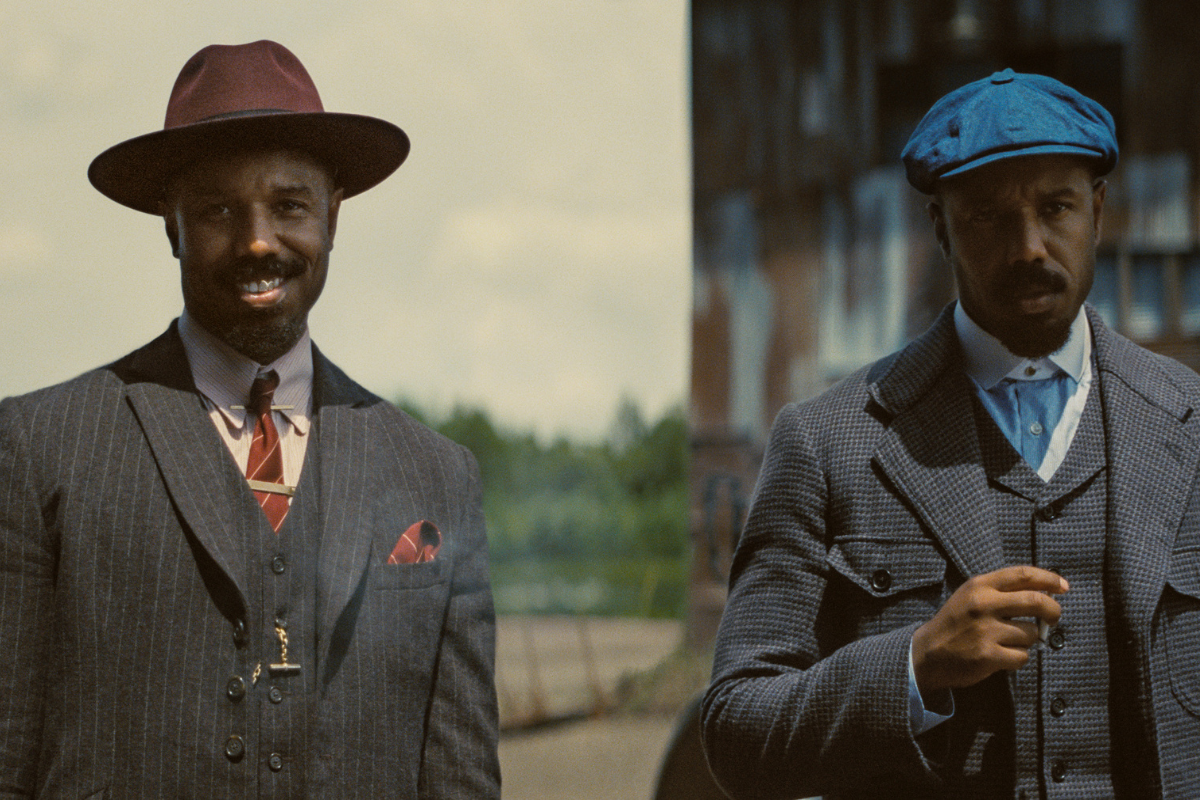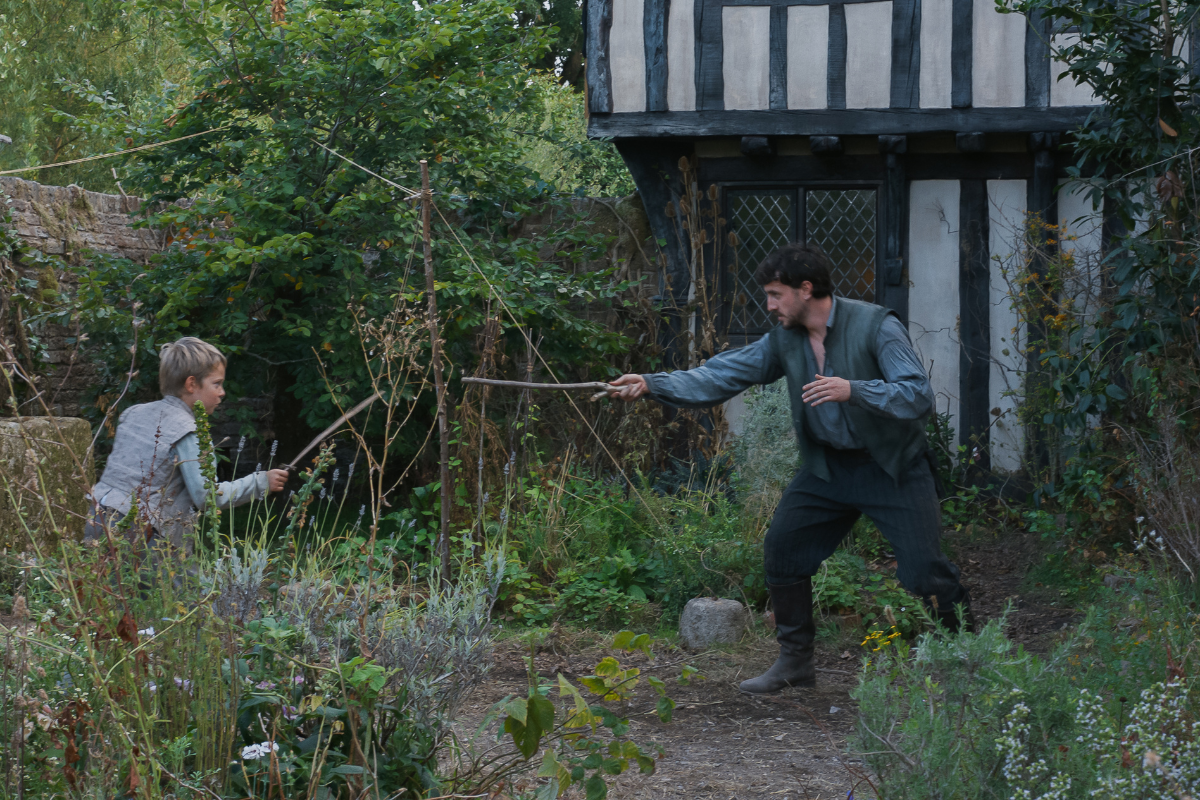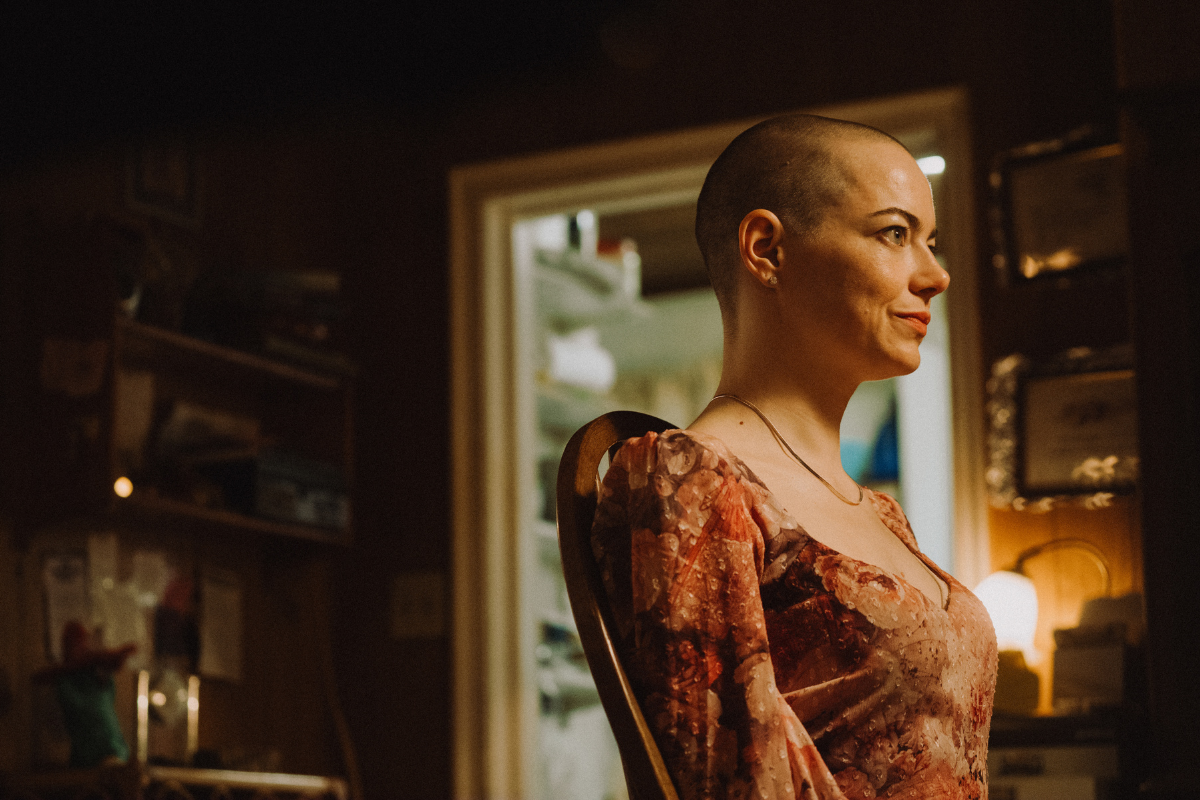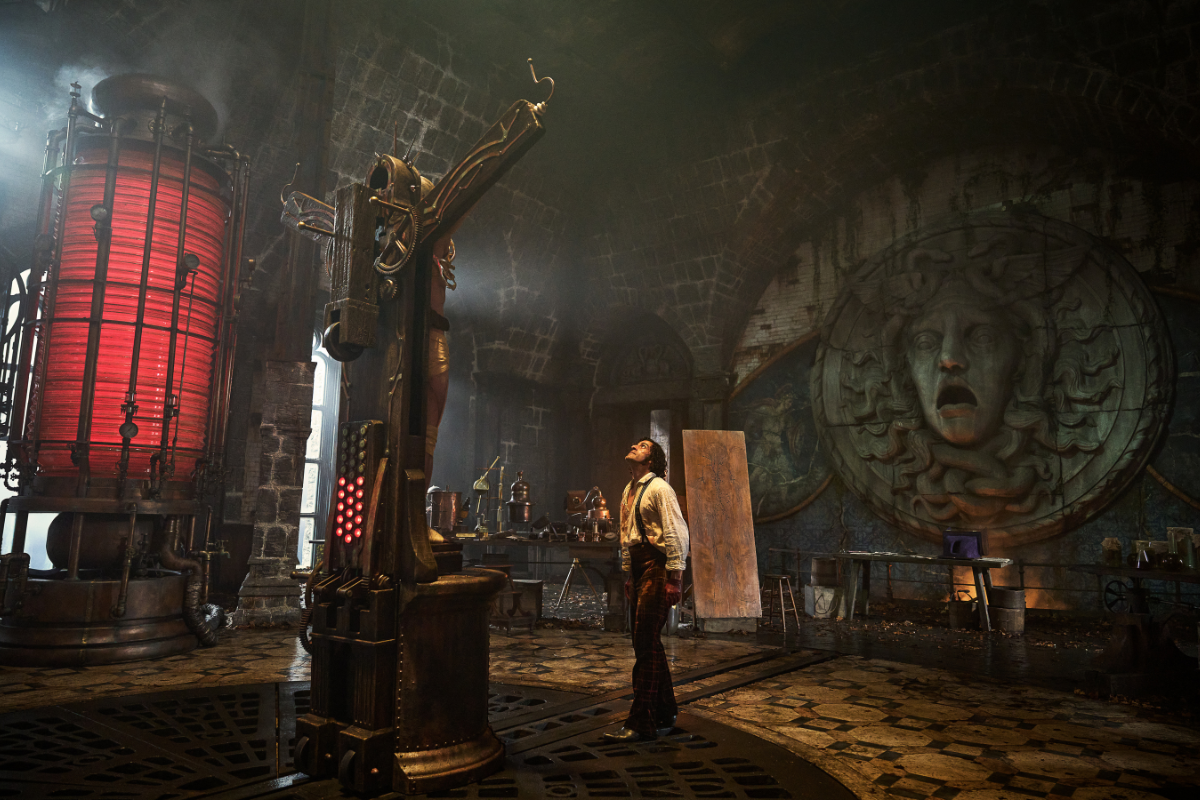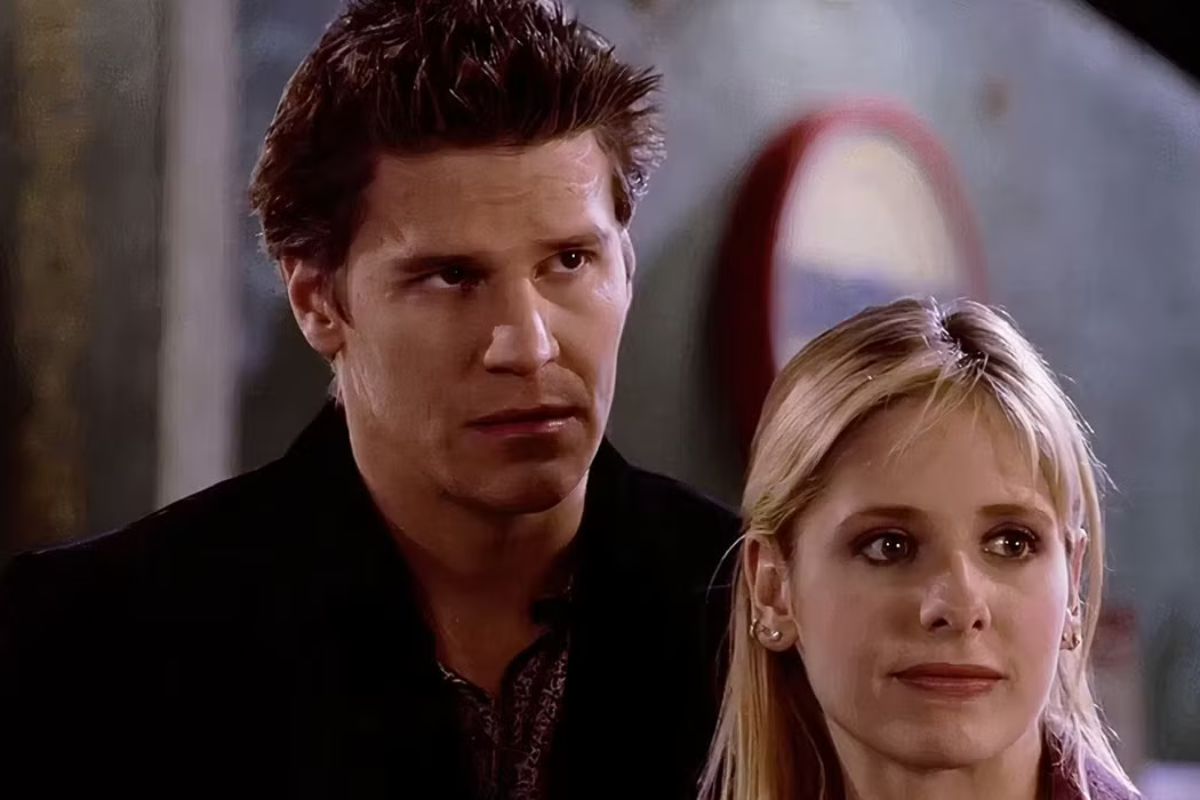Why Spec Scripts Fail: Backstory Thru Subtext, Part 2
Last time in, Part 1, we discussed how the environment creates behavior that leads to the dialogue a character uses to subtly reveal his or her backstory. I suggested that…
Last time in, Part 1, we discussed how the environment creates behavior that leads to the dialogue a character uses to subtly reveal his or her backstory. I suggested that you rewrite the example scene, without any change in the length, to reveal something about backstory via subtext. If you haven’t tried it yet, may I ask that you stop now, complete the exercise then return here when you have at least given it the good old college try? Go on. Here’s the link again. I’ll wait. Good! Thank you.
The use of subtext to reveal part of their backstory creates, for each character, a multi-dimensional life, rich with behavior for the actor to work with. This is an important consideration if you expect to attract both an ‘A’ list actor and an in-demand director to your project.
But I get ahead of myself. The story first has to make it past the overworked, underappreciated, and woefully underpaid, non-union, first-level reader who can easily be bored after the first five pages. Damn, not another Lethal Weapon, Die Hard or Hurt Locker style knock-off. The script read then becomes a “Read With An Attitude.” You never want to bore a reader and have your script read with a pre-conceived opinion on how bad your writing is. In fact, you must grab them by the appropriate body part and not let them up for air until FADE OUT.
Many of us at some time or another have gone through a writer’s “Create The Character Backstory” exercise. This is where the scribe delves into the various significant aspects of everything and everyone in a character’s life up, until the time the story begins. From this exercise, and the subsequent way it affects our writing, we understand why it is essential to “learn” all there is to know about your character’s past. This is what provides depth and reality to bring all great characters to life on the screen.
However, what we can’t be guilty of is spilling out these “facts” before the question occurs to the reader. Create a scenario that raises the question and later answers it at the correct time, through character behavior and dialogue. This helps the reader take the journey along with the characters and live your story vicariously.
Take out your adjustments to the first scene and let’s compare it with both that version and a re-write version below:
INT. DISTRICT ATTORNEY'S OFFICE - DAY
Typical lawyer's office decor. Plaques on walls, files
piled on credenza.
Small conference table T-bones an executive desk.
ADRIENNE FULLER (45), Brunette with highlights and
business suite reads 50 Shades of Grey. She's moved.
A sharp cursory knock then her office door opens.
STAN LAUER (late 20's) Adonis Knock-Off saunters in.
She hides the book. Grabs an open legal file.
ADRIENNE
Sit.
She closes then tosses the file on her desk.
ADRIENNE
No wiggle room. It's conviction or we
get our heads on a platter. I like mine
where it is. Thank You.
He fidgets. He thumbs to the back of a similar file.
STAN
Look at the depositions, witness
interviews. They make our case --
ADRIENNE
-- legal prowess, solid argument, and
skillful cross examination make our case.
You up to it?
STAN
Why would I not be?
Adrienne eyes him for several seconds. Her mouth curls.
ADRIENNE
This is already a grueling exercise.
Could take months. Long days, late
nights. Weekend work...
STAN
I'm fully aware of --
ADRIENNE
-- it's a test of your prowess. If you
can't go the distance, satisfy the jury,
there goes the case.
She stands...
ADRIENNE
Neither of us can afford that scenario.
STAN
I think you'll find I can pace myself.
... crosses in front of him.
ADRIENNE
I'd like to believe that.
She bends forward, palms on the table.
ADRIENNE
We both know you have the charm. Never a
question. However, I need to know if you
have the goods.
STAN
What are you saying?
She straightens up. Crosses back to her chair.
ADRIENNE
Have you got what it takes to put this
case to bed.
Stan stares at her. They lock eyes.
ADRIENNE
I had an exploratory meeting with John
earlier this morning. I feel he's a good
fit.
She turns away.
ADRIENNE
He'll make a great co-lead counsel.
Bring him up to speed. E-mail me after
you guys compare notes.
STAN
Notes?
She turns back.
Another hint of a smile crosses her face.
ADRIENNE
Still Here?
Her eyes undress him as he leaves.
Both scenes are exactly two Final Draft pages. They both have two characters and the same number of words. What is the compelling difference? Behavior. Behavior that influences dialogue.
Adrienne’s behavior, while she reads 50 Shades of Grey and after Stan knocks and enters, speaks volumes about her intent when she brings up her earlier activities with John later in this scene.
All the activity is a direct function of the ‘environment to behavior to dialogue path.’
She’s the ICP, the in-charge person. Every story and every scene must have one of these or else the reader is a wandering nomad in search of a protagonist. I digress. Acting as the obvious ICP, and yet without stating any explicit intent or participating in an incriminating conversation, it is now obvious what her goal is. She wants more from Stan than his skills as a fledgling Assistant DA. She has the hire and fire authority and the trappings to support it. This scene setup indicates to the reader that s/he has a Cougar on the prowl and a writer with some chops.
The subtext conveys the backstory by inviting the reader in. This is far and away better than stating:
ADRIENNE FULLER (45), Brunette with highlights and business suite, a cougar…
when you introduce her at the start of the scene. The subtext conveys the backstory via the environment and her behavior. All the set-up takes place before the first line of dialogue. The simple fact that she hides the book and her subsequent attempt at covering her actions raise the ‘why’ question in the reader’s mind. As the scene unfolds that question is answered.
The text past the opening paragraphs, with the exception of the last line of dialogue, is not changed between the two scenes. Only our perception of intent based on a single character’s change in behavior is different. Adrienne’s backstory is suggested in this second scene’s opening. It is then reinforced by her subsequent activities (behavior).
Use this inference to paint the moving picture behind the reader’s forehead. Their imagination will trump your explanation and/or description every time. What is not said speaks volumes. Let the reader “read between the lines” and become involved in your story. Make them an active participant in your hero’s journey via appropriate use of subtext.
Related Articles:
- More Why Spec Scripts Fail articles by Stewart Farquhar
- Meet the Reader by Ray Morton
- Ask the Expert: Sluglines Slugfest
- Articles from AKA Dr. Format Dave Trottier
Tools to Help:
Stewart Farquhar holds Screenwriting and Advanced Screenwriting certificates from the Professional Program at The UCLA School of Theatre Film and Television. Stewart has analyzed over 10,000 scripts for private, agency and studio clients. He is a produced playwright, active screenwriter and an in demand lecturer. He presents as a guest lecturer in Master’s Level screenwriting programs at UC Berkeley and Loyola Marymount University. He has been a final story analyst for both Slamdance and scripts headed to Cannes for funding. Visit Stewart's site TheReadersCompany.com and follow him on Twitter, Facebook, and LinkedIn. Email: stewart@thereaderscompany.com


